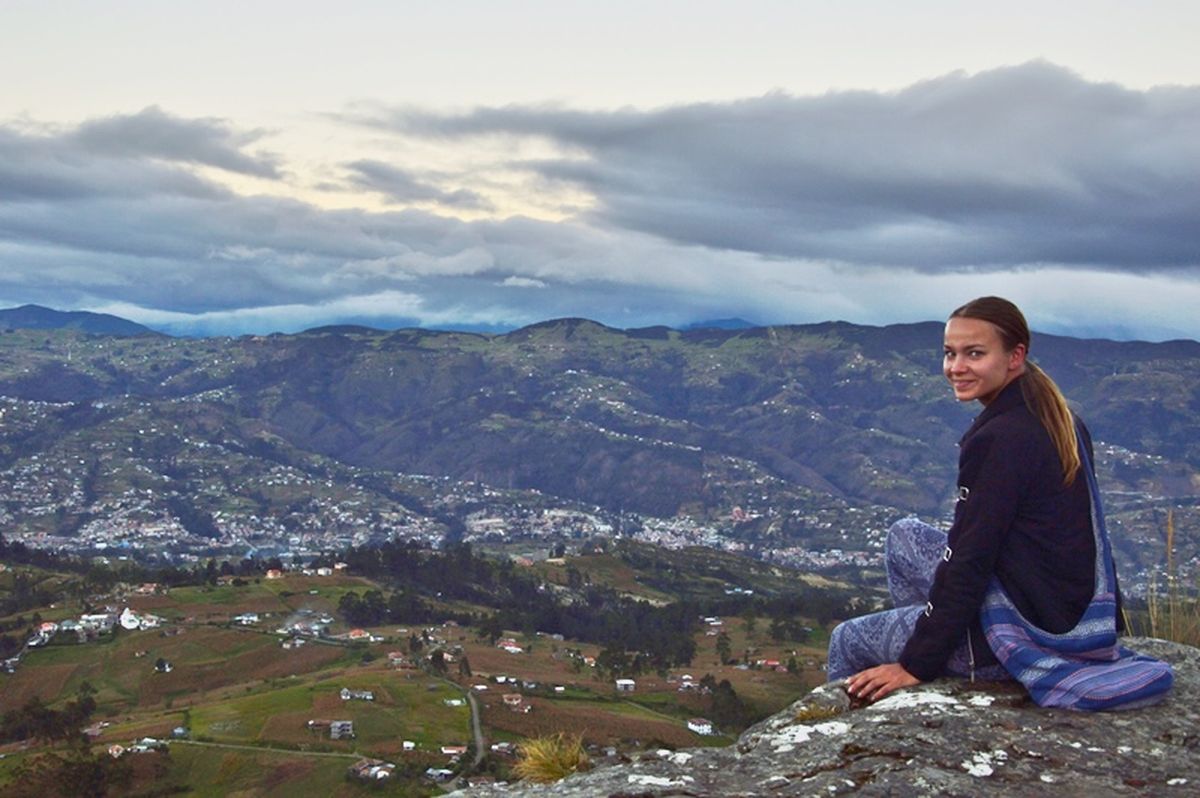Azogues in the Ecuadorian province of Cañar is one of those places the average tourist is unlikely to visit. I was invited there by a friend I met at a language school in Canada.
Содержание
Where is Azogues?
Azogues lies in the Cañar Province of Ecuador. It was inhabited by the Cañari people even before the Incas. It’s a mountainous area in the Andes at an altitude of 2500 meters, with numerous rivers and ancient ruins. The nearest major city is Cuenca.
Visiting an Ecuadorian Family
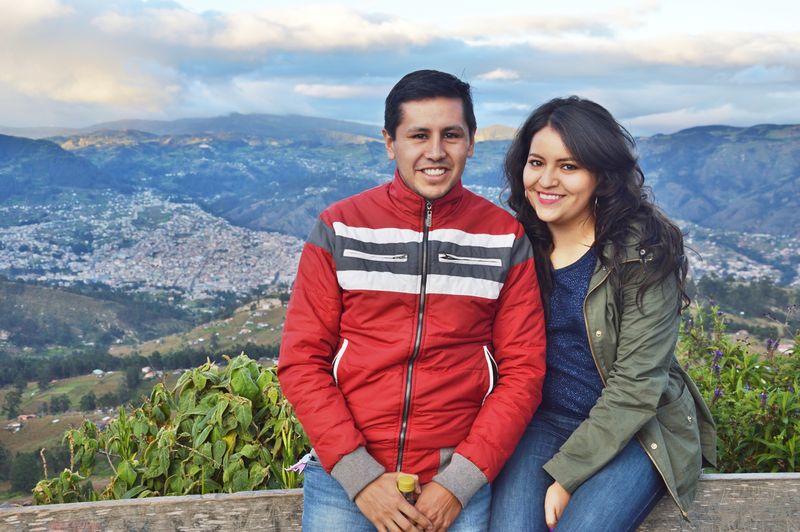
It was the first month of my seven-year-long world journey when my Ecuadorian friend from the language school invited me to Azogues, a small town near Cuenca.
First day, I asked Andres to take me to a local restaurant. We ended up under a canopy by the roadside, where a pig was turning on a spit. My mouth started watering at the thought of barbecue. However, my friend surprised me with a plate of… chewy pig skins accompanied by mote beans that tasted like damp popcorn 😳. Because the skins were salty, the beans actually complemented the flavor, and soaked up all the juices. The dish is called cascaritas de chancho here. The skins were so tough they can lock your jaw – you might easily lose your teeth. In Quito, they eat pig skin too, but it’s fried in a large pot of boiling oil, like a giant chip.
Andres’ house is somewhere along the road between Cuenca and Azogues. I was given a whole guesthouse without internet but with a book on the nightstand. In the evenings, I tried to practice my Spanish, but philosopher Miguel de Unamuno might not be the best choice for beginners.
Nevertheless, one quote stuck with me – it suited my new role as a perpetual backpacker. It’s not so much about hating every place visited, but more about sensing a constant urge to move on.
The mania for travel comes from topophobia rather than from philotopia, from hatred for one place rather than from love of some other place. The frenzied traveler is fleeing every place he leaves behind and not really seeking the place he finds.
By Miguel de Unamuno
Eating like a local
For breakfast, Andres brought out bread, cheese and a pitcher of coffee. I poured the coffee into my cup. But to my disappointment, the coffee was colder than a Siberian winter. I chalked it up to cultural differences and the hot climate, and continued to sip the cold brew. After yesterday’s pigskin lunch, I was ready for any surprises.
At that moment, Andres put a pitcher of hot water on the table. That’s when I was introduced to another Ecuadorian quirk – cafe pasado, yesterday’s brewed coffee diluted with boiling water in the morning. It turns into a warm, weak brew, but Ecuadorians love it.
You have to step out of your comfort zone while traveling. I eat and drink what the locals do, even if it’s not always to my liking. I’d rather have a new experience that broadens my horizons than stick to the things I already know I like. After all, how will I discover those things I love if I don’t try something new?
What to See in Azogues and Cañar Province in Ecuador
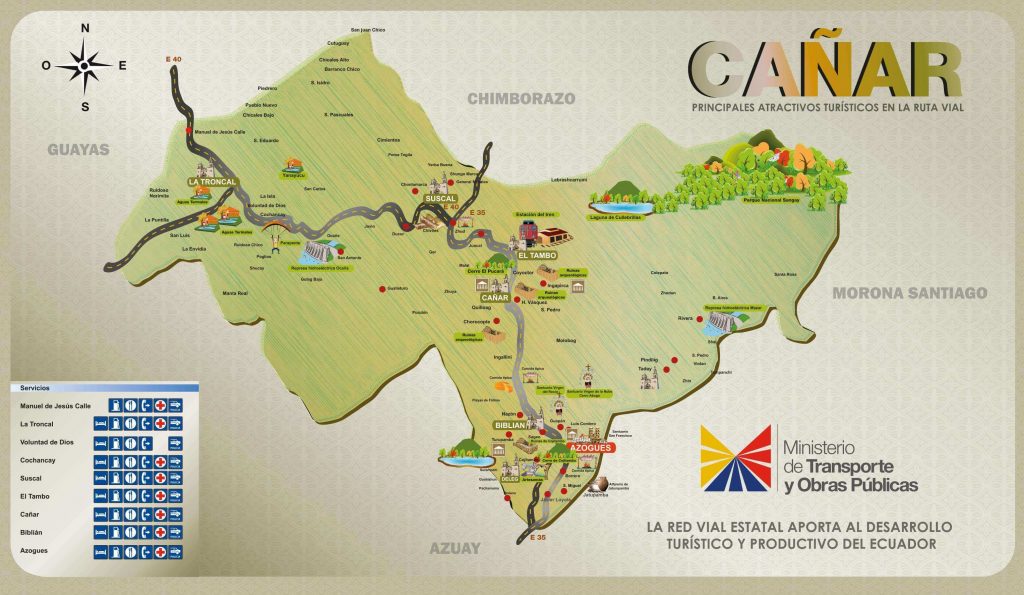
Azogues – a little town near Cuenca
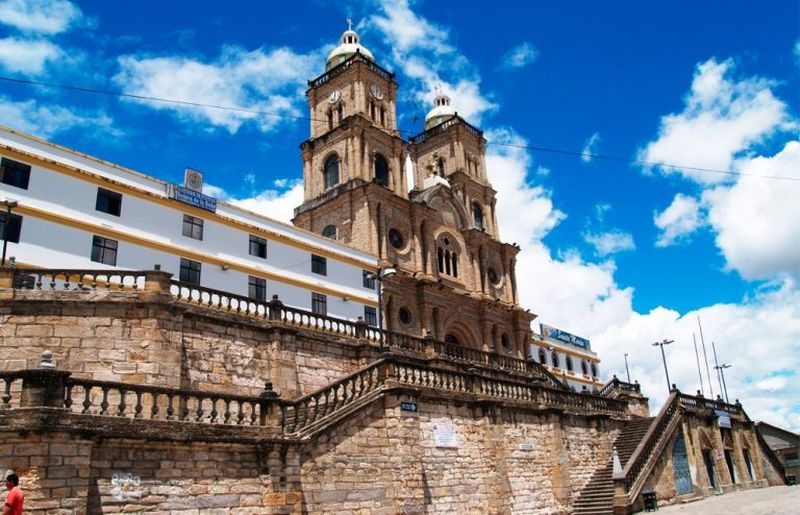
The city got its name from the mercury mines – azogue is the old name for mercury. They were plentiful in the area but are abandoned now.
The town is bustling. Stores primarily sell hats called paja toquilla made if dried palm leaves. Those hats are known as “Panama hats,” although their birthplace is not Panama but Ecuador! In the early 20th century, during the construction of the Panama Canal, companies sourced these convenient hats from Ecuador for their workers. Over time, they became associated with Panama.
The main square stands out with a beautiful colonial church. From this picturesque oasis, residential streets branch out in different directions. They have tangled wires, panel buildings, and eateries serving fried chicken – a typical Ecuadorian town.
You can spend an hour or two in Azogues. The most interesting sights are in the vicinity of the city.
Ingapirca Ruins – an Ecuadorian Machu Picchu
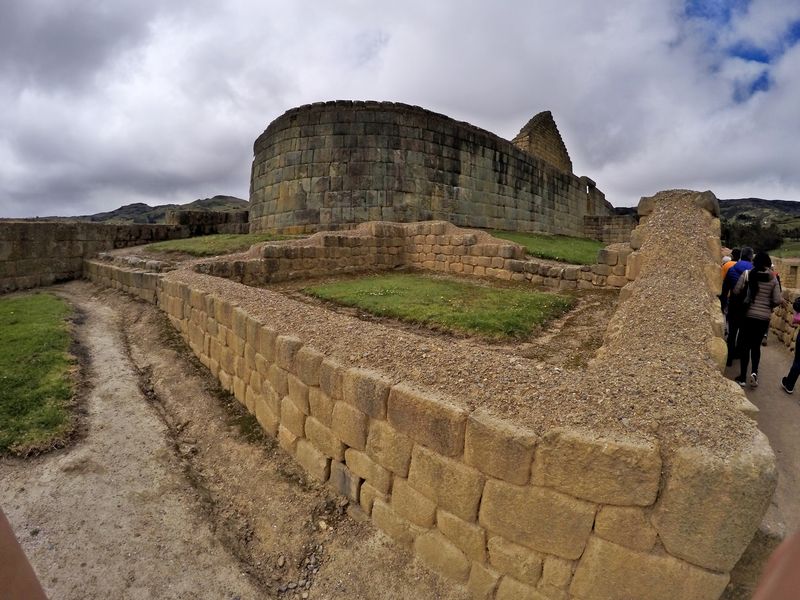
Firstly, Andres took me to the Ingapirca ruins, known as the Ecuadorian Machu Picchu. It’s the most famous archaeological complex in Ecuador.
The ruins of the settlement sit on a picturesque hill. It believed to have been constructed in the 15th century. Ingapirka served as a strategic religious and administrative center for the Inca Empire. There, the Temple of the Sun and utility buildings are preserved. Ingapirka is interesting as a unique blend of Inca and Cañari architectural styles. It reflects the cultural exchange between these indigenous groups.
Cojitambo Ruins: a place you’ve never heard of
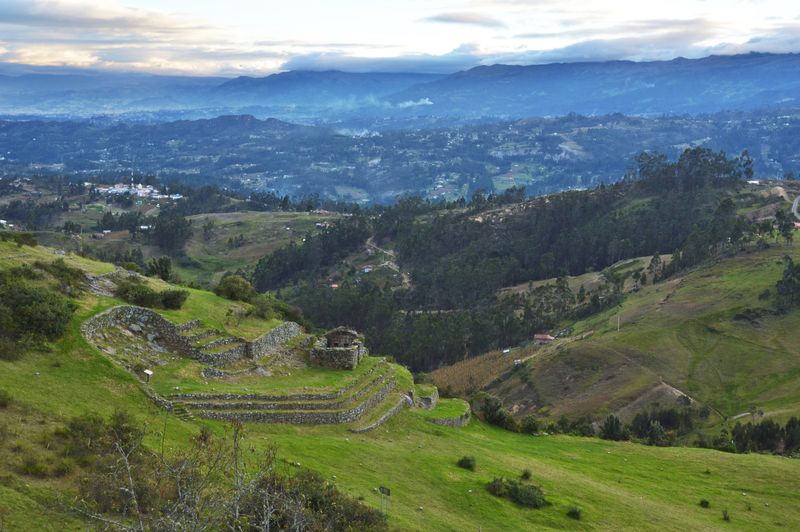
On the hill near Azogues town, standing at 3076 meters high, lies the Cojitambo archaeological complex. It includes structures from both the Inca era and their predecessors, the Cañari.
Cojitambo was inhabited since 500 BC. It’s not as extensive as Ingapirca and is mainly visited by locals and history students. Apart from the ruins on the slopes of the hill, there are many unexplored caves and terraces. On the northern and western slopes, archaeologists have discovered a ceremonial site. There the Cañari worshipped the Moon (unlike the Incas, who worshipped the Sun).
Several stones have holes filled with water – they served as mirrors for studying the stars. Similar stones can be found in Ingapirca and Machu Picchu.
Inca Trail in Ecuador
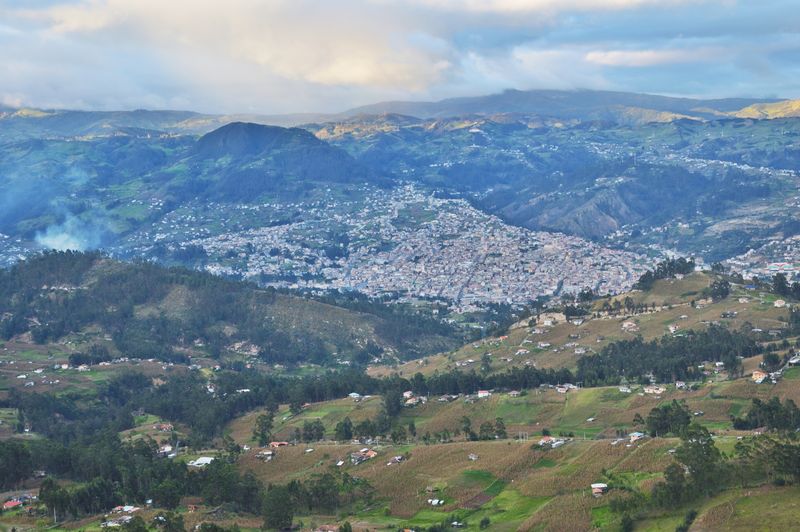
The Cojitambo complex was connected by the Inca road Qhapaq Ñan with another ancient settlement, Tomebamba. This mountain road was built on the principle of “2 steps + a resting platform.” The Indians believed that this way, people would get tired more slowly.
Legend has it that Inca Tupac Yupanqui hid his gold in the nearby caves. Whether it’s true or not, nobody knows – the caves were plundered long ago by treasure hunters.
Rock Climbing in Cojitambo
Local climbers favor Cojitambo Hill. There are 164 routes of varying difficulty on its slopes. The western side is suitable for beginners, while the eastern side is for more experienced athletes.
Mountain of the Virgin Mary
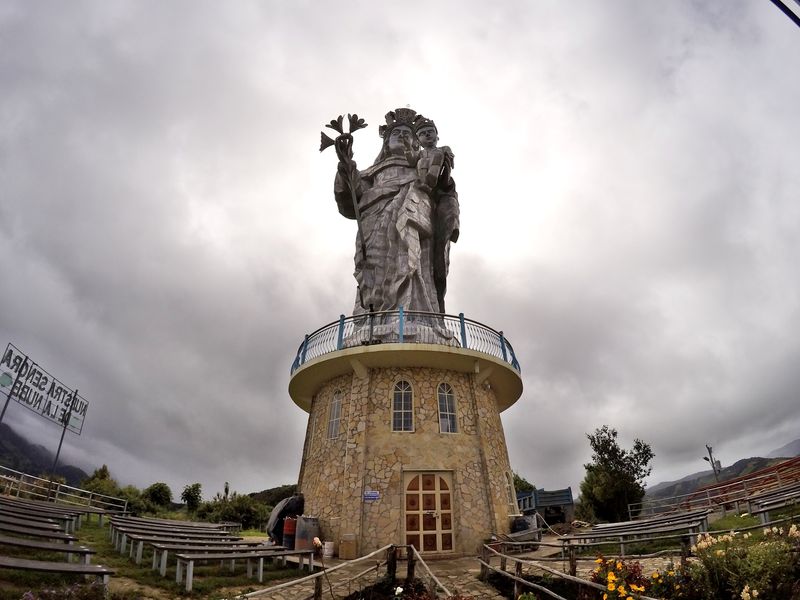
This hill is visible from afar thanks to the statue of the Virgin Mary. It is called Nuestra Senora de las Nubes in spanish.
The chapel on the hilltop is an important religious center. A whole procession of pilgrims climbed the hill with us, chanting prayers. On the Day of Our Lady of Asuay (January 1), Catholics flock here. They walk from Cuenca. This tradition began in 1912 and continues to this day.
